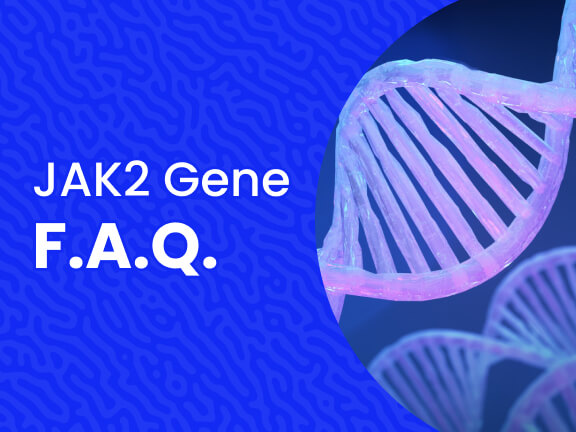The targeted therapy drug Jakafi/Ruxolitinib became widespread as the first therapeutic drug approved by the US Food and Drug Administration (FDA) for the treatment of myelofibrosis. Targeted drug therapy can help treat an enlarged spleen by acting on a myelofibrosis-specific gene mutation if present in the patient.
Ruxolitinib use in myelofibrosis is a small molecule JAK1/2 inhibitor therapy that is effective in improving symptoms. In 2005, the discovery of JAK2 mutations led to the development of a targeted therapy for patients with myelofibrosis. The JAK1/JAK2 inhibitor, ruxolitinib, was the first FDA-approved drug for the treatment of myelofibrosis.
Use of Ruxolitinib in Myelofibrosis and Its Effects
The use of JAK inhibitors, leading to ruxolitinib regulatory approval, represented a significant therapeutic advance in myelofibrosis. Analysis of data from clinical trials revealed that treatment with ruxolitinib improved long-term survival and reduced complications from myelofibrosis, compared to other treatment options.
At the same time, the data show that treatment with ruxolitinib can be used much earlier in the course of the disease. This is because it appears that early treatment with ruxolitinib provides a survival advantage, rather than starting at a later stage in the disease. However, it should be kept in mind that each patient’s condition should be evaluated separately for a definitive treatment plan. Therefore, the best decision should be taken after discussing the available options with your doctor.
What is The Best Treatment for Myelofibrosis?
Myelofibrosis is a part of a group of blood cancers, known as a myeloproliferative neoplasm, that are chronic and progressive in nature. It leads to the abnormal development of bone marrow cells that produce blood cells and the formation of scar tissue in the bone marrow.
Myelofibrosis is called primary myelofibrosis when it develops on its own and not as a result of another bone marrow disease. Myelofibrosis can also be caused by a worsening of other bone marrow diseases such as polycythemia vera and essential thrombocythemia.
The symptoms experienced and overall health of every cancer patient is different. Because the disease has both different types and different stages, the best treatment option for each patient varies. Depending on a patient’s condition, myelofibrosis treatment and monitoring practices include:
- Close observation
- Medication
- Blood transfusions
- Splenectomy or radiation to the spleen
- Stem cell transplantation
- Bone marrow transplantation
- Supportive care
Advanced clinical research aims to improve myelofibrosis treatment, prevention, and diagnostic options. As of now, there are 56 myelofibrosis clinical trial trials underway in the United States available for patients to enroll in.













4 Comments
Hi. Please note that Ruxolitinib is not a chemotherapy. It’s a is a kinase inhibitor.
Thank you very much for your comment. Ruxolitinib is a targeted therapy used to treat Myelofibrosis. If you or a loved one have a myelofibrosis diagnosis please get in touch with Massive Bio advocacy team.
I’m concerned that I need to be taking Jakafi for my PMF. I’m only taking hydrea. I have Medicare and a supplementary insurance. Is there assistance to help with the cost of this drug?
Thanks so much!
Hi Lynn, thank you for your question, we would be happy to review your case to see if Jakafi may be right for you, you can also reach out to our call center and speak with a Patient Relations Coordinator to request a list of useful resources that may be available to you.